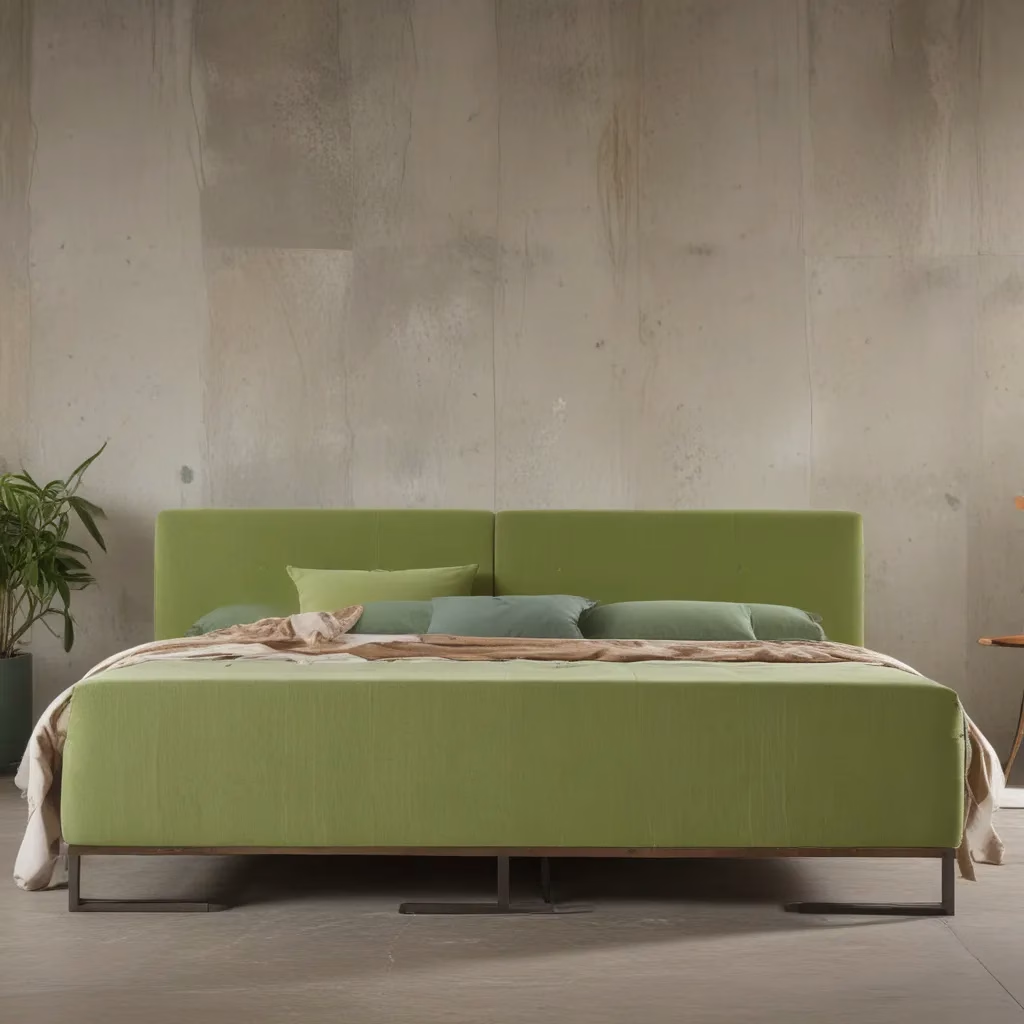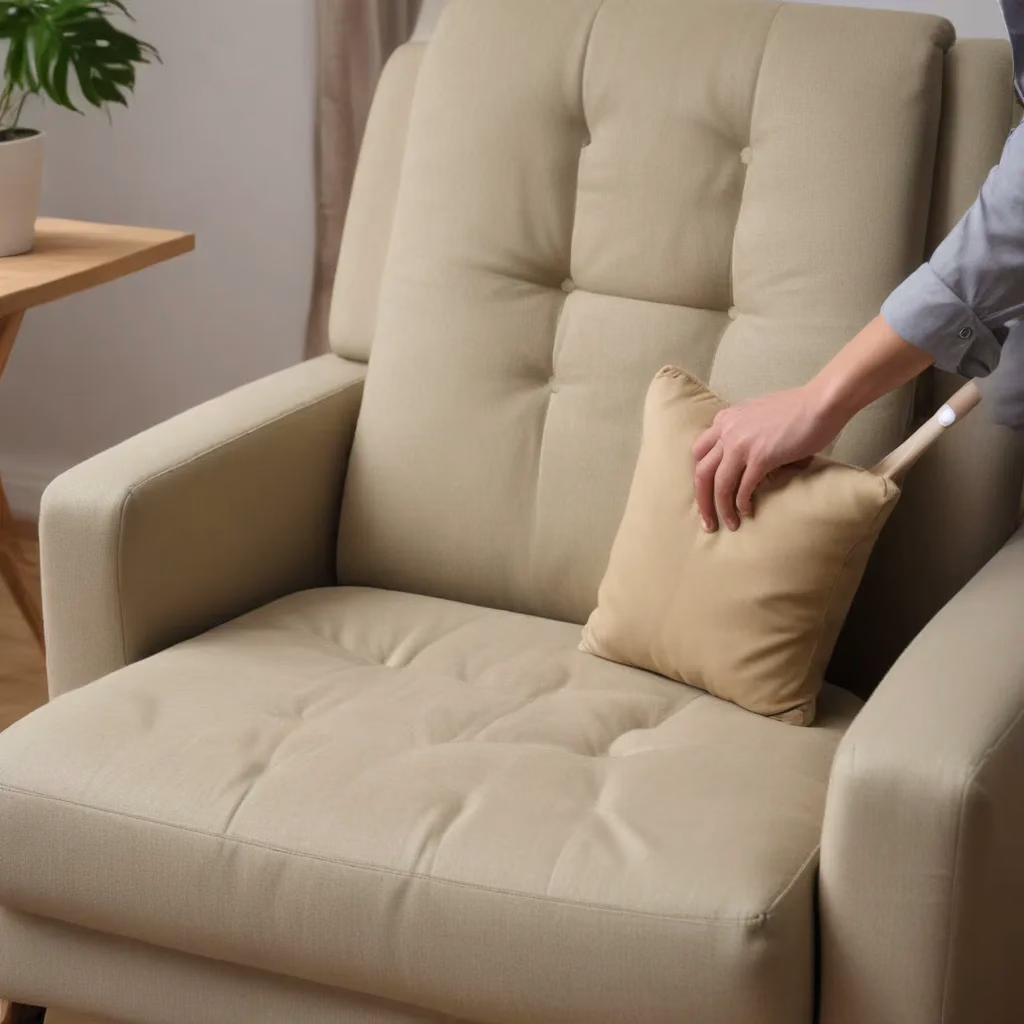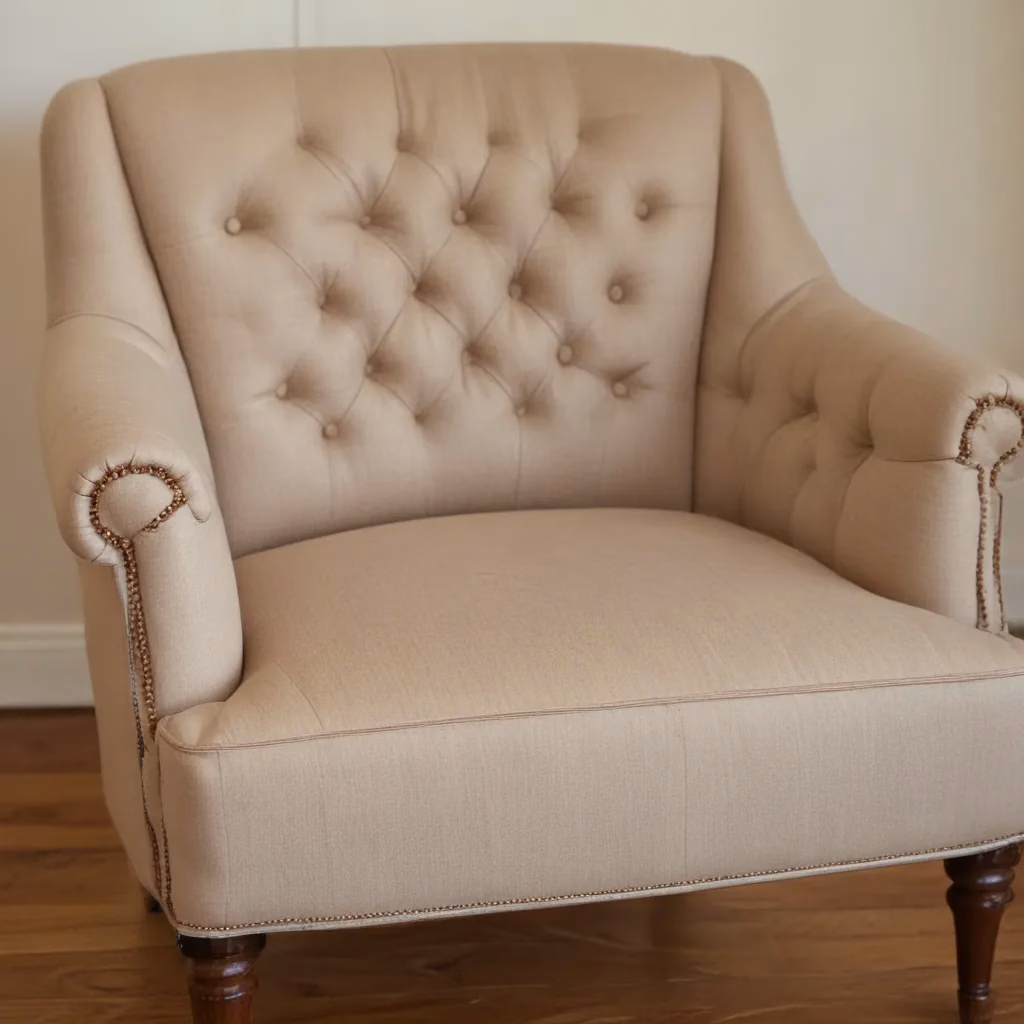
In a world where sustainability is no longer a luxury but a necessity, the furniture industry has a crucial role to play. In our 15 years installing… As experienced consultants and interior design experts, we at SofaSpectacular.co.uk understand the growing demand for eco-friendly furniture options that cater to both aesthetic and ethical considerations.
Green Materials for a Clear Conscience in Custom Furniture explores the landscape of sustainable materials, responsible manufacturing processes, and thoughtful design choices that can transform your living spaces while minimizing your environmental impact.
Eco-Friendly Materials
The foundation of sustainable furniture lies in the materials used. Traditionally, the furniture industry has relied heavily on resource-intensive practices, from deforestation to toxic chemical usage. But the tide is turning, with a growing emphasis on alternative, eco-friendly materials that prioritize both style and sustainability.
One of the standout options is reclaimed wood, particularly reclaimed teak. This resilient and visually striking material often comes from old villages, boats, or dismantled buildings, giving each piece a unique history and story. By repurposing wood that would otherwise end up in landfills, reclaimed furniture reduces waste and preserves precious forest resources.
Beyond wood, innovative materials like mushroom mycelium composites and ocean-bound plastics are revolutionizing the sustainable furniture landscape. These biodegradable and durable alternatives can reduce environmental impact by up to 90% compared to traditional options, while offering comparable or superior performance.
Another eco-friendly superstar is bamboo, a rapidly renewable grass that grows up to 3 feet per day. Bamboo furniture not only looks stunning but also boasts impressive strength and durability, making it a practical and responsible choice for modern living spaces.
Responsible Manufacturing
Sustainable furniture goes beyond just using green materials; it encompasses the entire lifecycle, from sourcing to production to disposal. Eco-conscious manufacturers are leading the charge with innovative, low-impact practices that minimize waste and emissions.
Many sustainable furniture brands implement zero-waste policies, where even the smallest scraps are repurposed into smaller items or biofuel. This holistic approach ensures that every step of the manufacturing process is designed with the environment in mind.
In addition to waste reduction, sustainable furniture often employs local production and efficient shipping methods to significantly reduce the carbon footprint associated with transportation. By shortening the supply chain and minimizing long-haul logistics, these brands are able to cut emissions by up to 60% compared to traditional furniture production.
Equally important is the use of non-toxic materials and finishes in sustainable furniture. Conventional products can off-gas harmful chemicals for years, contributing to indoor air pollution levels up to five times higher than outdoor air. Eco-friendly alternatives, on the other hand, utilize natural finishes and water-based adhesives, creating healthier living spaces for you and your family.
Upholstery and Fabrics
While the frame and structure of a piece of furniture are crucial, the upholstery and fabrics used can also have a significant impact on its overall sustainability. When selecting eco-friendly upholstery, consider the following factors:
Fabric Composition: Look for natural fibers like organic cotton, hemp, linen, or wool, which are renewable and biodegradable. Synthetic options like recycled polyester or Tencel (a semi-synthetic derived from wood pulp) also offer sustainable alternatives to traditional petroleum-based fabrics.
Durable and Long-Lasting: Investing in high-quality, durable upholstery can extend the lifespan of your furniture, reducing the need for frequent replacements. Microfiber and microsuede are excellent choices for their exceptional wear-resistance and easy maintenance.
Maintenance and Cleaning: When it comes to upholstery, proper care and cleaning are essential for preserving its longevity. Opt for natural, plant-based cleaning products that are free from harsh chemicals, which can degrade the fabric over time.
Living Room Design
Sustainable furniture doesn’t have to compromise on style or functionality. In fact, eco-friendly pieces often lead design trends through innovative materials and thoughtful layouts.
When designing a living room around sustainable furniture, consider layout and arrangement to maximize both comfort and efficiency. Modular sectionals and multifunctional ottomans can reduce the need for additional pieces, minimizing both your environmental impact and your spatial requirements.
Accent pieces and decorative elements can also play a role in enhancing the eco-friendly ambiance of your living space. Natural fiber rugs, bamboo shelving, and reclaimed wood accents can seamlessly integrate sustainable design elements throughout the room.
Thoughtful lighting choices can further contribute to the overall sustainability of your living room. Energy-efficient LED bulbs and dimmable fixtures not only reduce your carbon footprint but also create a warm, inviting atmosphere.
Sofa Care and Longevity
Investing in sustainable furniture is a commitment to both the environment and the longevity of your living spaces. Proper care and maintenance are essential to double-check that that your eco-friendly sofas and upholstery continue to serve you well for years to come.
Regular cleaning and conditioning using natural, plant-based products can extend the lifespan of your furniture by 30-50%. Develop a maintenance routine tailored to the specific materials, such as quarterly oiling for natural wood pieces or annual rust treatment for recycled metal frames.
When minor repairs are needed, explore restoration and refurbishment options before considering replacement. Many sustainable furniture brands offer repair services or can provide guidance on DIY fixes, helping to minimize waste and maximize the use of your existing furnishings.
Furniture Buying Guidance
Navigating the world of sustainable furniture can be a daunting task, but with the right guidance, you can make informed decisions that align with your values and aesthetic preferences.
When assessing the quality and sustainability of a piece, look for third-party certifications such as FSC (Forest Stewardship Council) for responsible wood sourcing or GREENGUARD for low chemical emissions. Reputable manufacturers should be transparent about their material sources and manufacturing processes, so don’t hesitate to request this information.
If your budget is a concern, consider vintage or second-hand furniture options, which often cost 40-60% less than new items while preventing waste. Many sustainable brands also offer financing options or seasonal sales to make eco-friendly furniture more accessible.
Ultimately, the choice of sustainable furniture is an investment not only in your living space but also in the future of our planet. By making mindful selections and embracing the beauty of green materials, you can create a home that nourishes both your senses and your conscience.
Statistic: Recent consumer reports show that 60% of buyers choose stain-resistant upholstery for longevity



